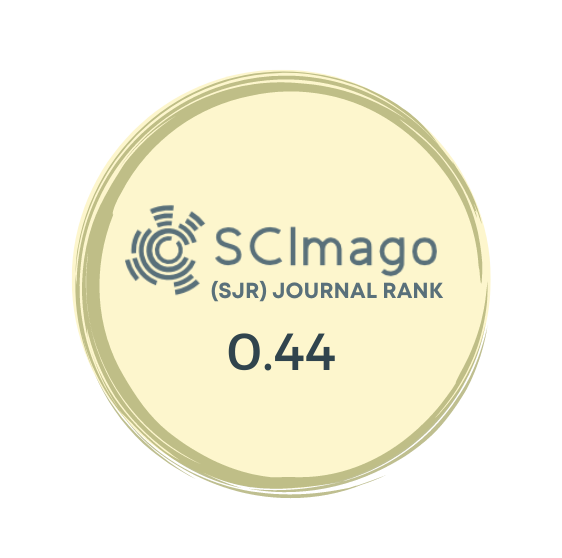Abstract
Objectives: We assessed the role of somatosensory evoked potentials (SEP) in the diagnosis of thoracic outlet syndrome.\nMethods: Somatosensory evoked potentials were recorded in provocative and decompressing positions in 30 patients (28 females, 2 males; mean age 32 years; range 20 to 52 years) with a diagnosis of thoracic outlet syndrome and in 30 healthy subjects showing a similar age and sex distribution.\nResults: All recordings yielded normal ranges in both groups. No statistically significant differences were found between the positions in which SEPs were recorded and between the patient and control groups.\nConclusion: Our data suggest that SEPs do not give diagnostic information in the identification of thoracic outlet syndrome.
Özet
Amaç: Somatosensoriyal uyarılmış potansiyellerin torasik çıkış sendromu tanısındaki güvenilirliği değerlendirildi. \nÇalışma planı: Torasik çıkış sendromu tanısı konan 30 hastada (28 kadın, 2 erkek; ort. yaş 32; dağılım 20-52) ve benzer cinsiyet ve yaş dağılımına sahip, sağlıklı 30 gönüllüde provokatif ve dekomprese eden pozisyonlarda SUP kayıtları alındı. \nSonuçlar: Her iki grupta da tüm bulguların normal sınırlar içinde olduğu görüldü. Pozisyonlar veya hasta-kontrol grupları arasında istatistiksel olarak anlamlı bir fark bulunmadı. \nÇıkarımlar: Çalışmamızda elde edilen bulgular somatosensoriyal uyarılmış potansiyellerin torasik çıkış sendromu tanısında etkin olmadığını gösterdi.



.png)

.png)
